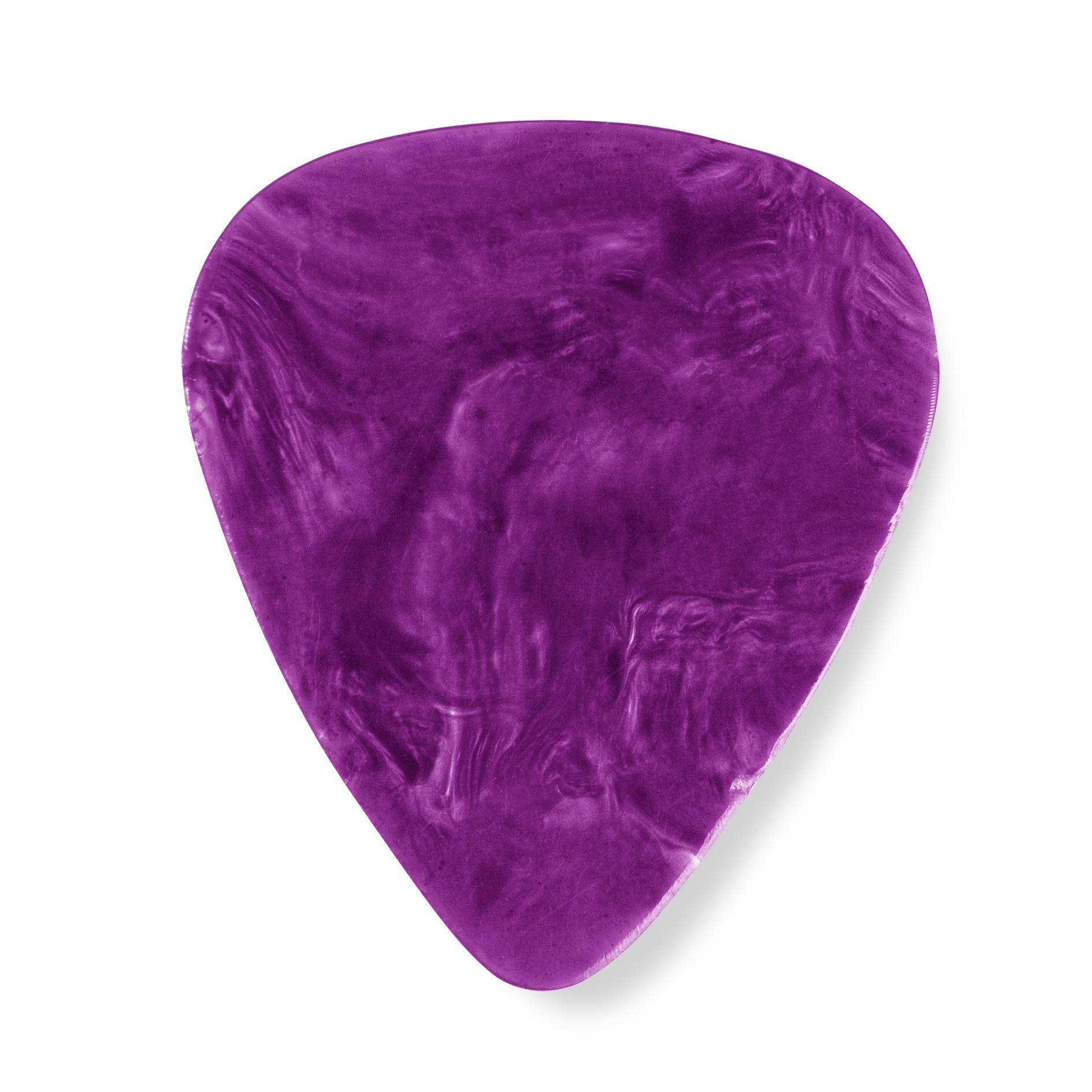


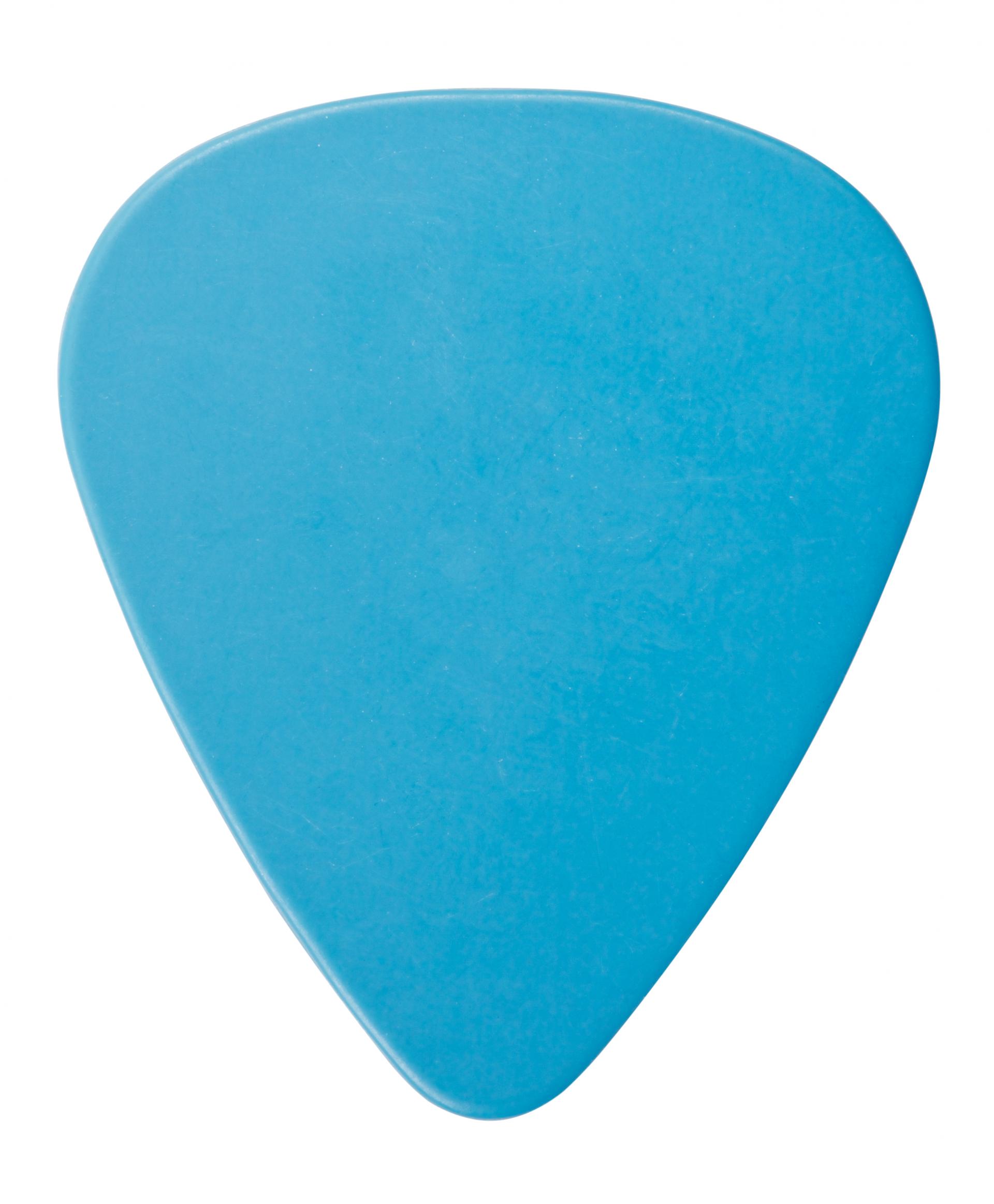
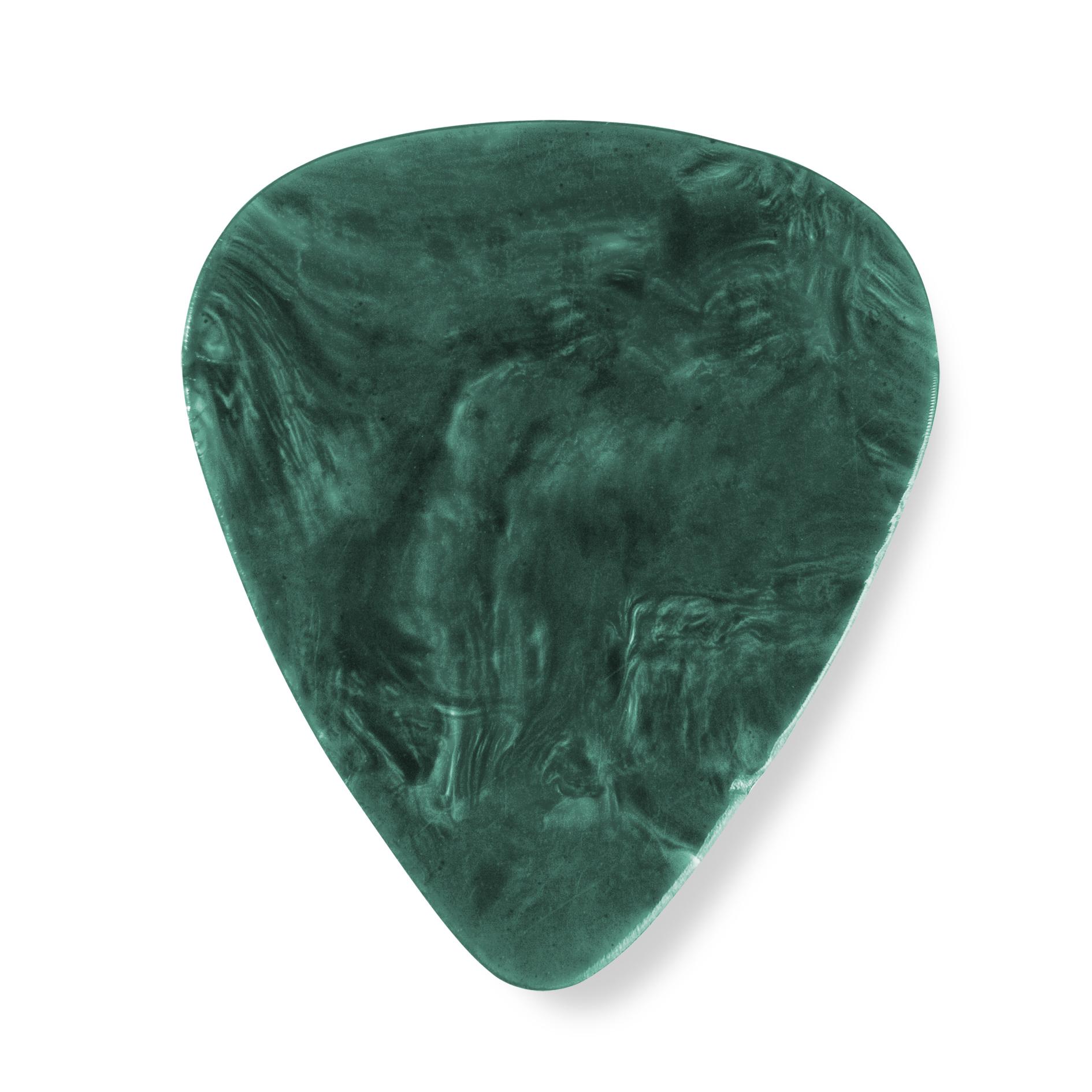
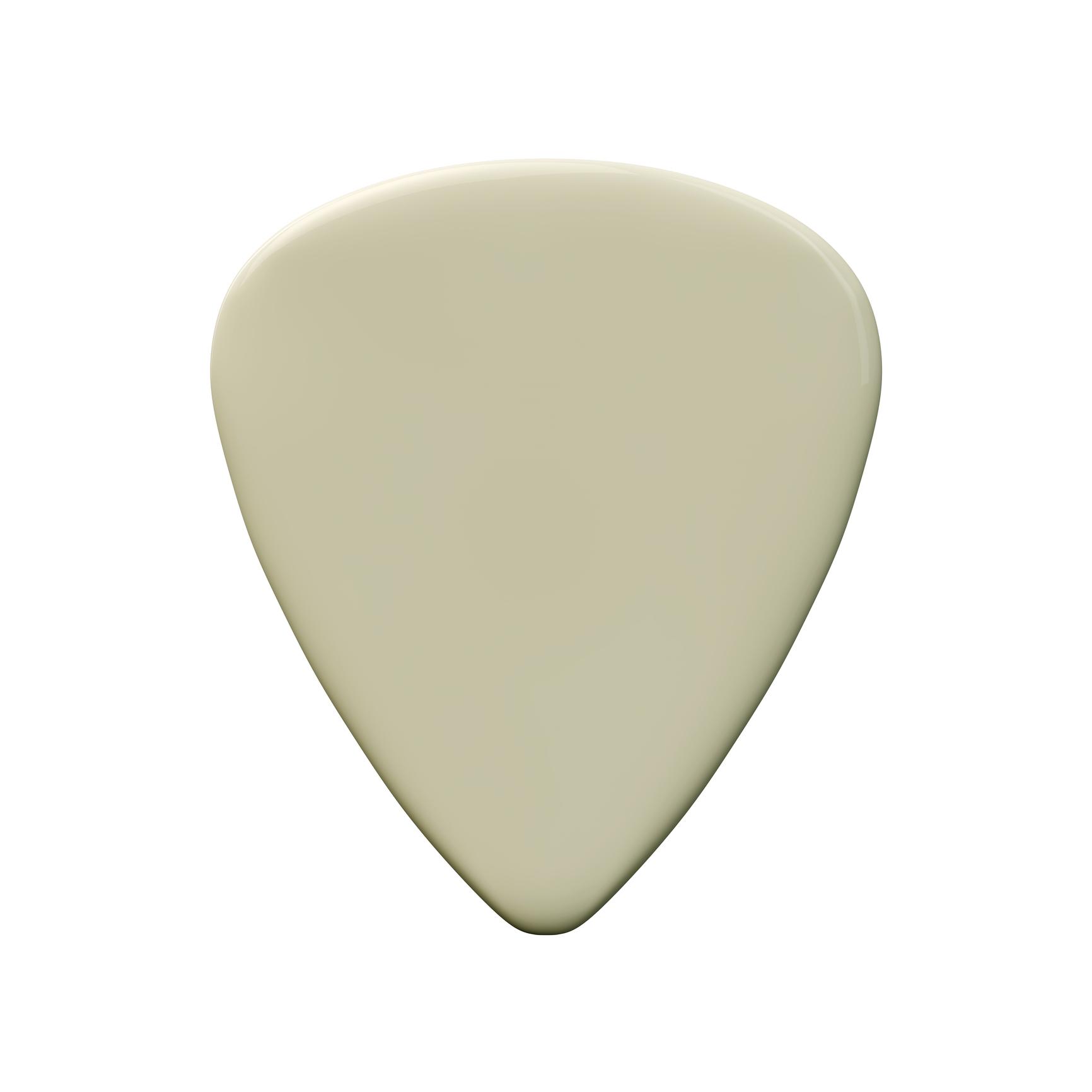
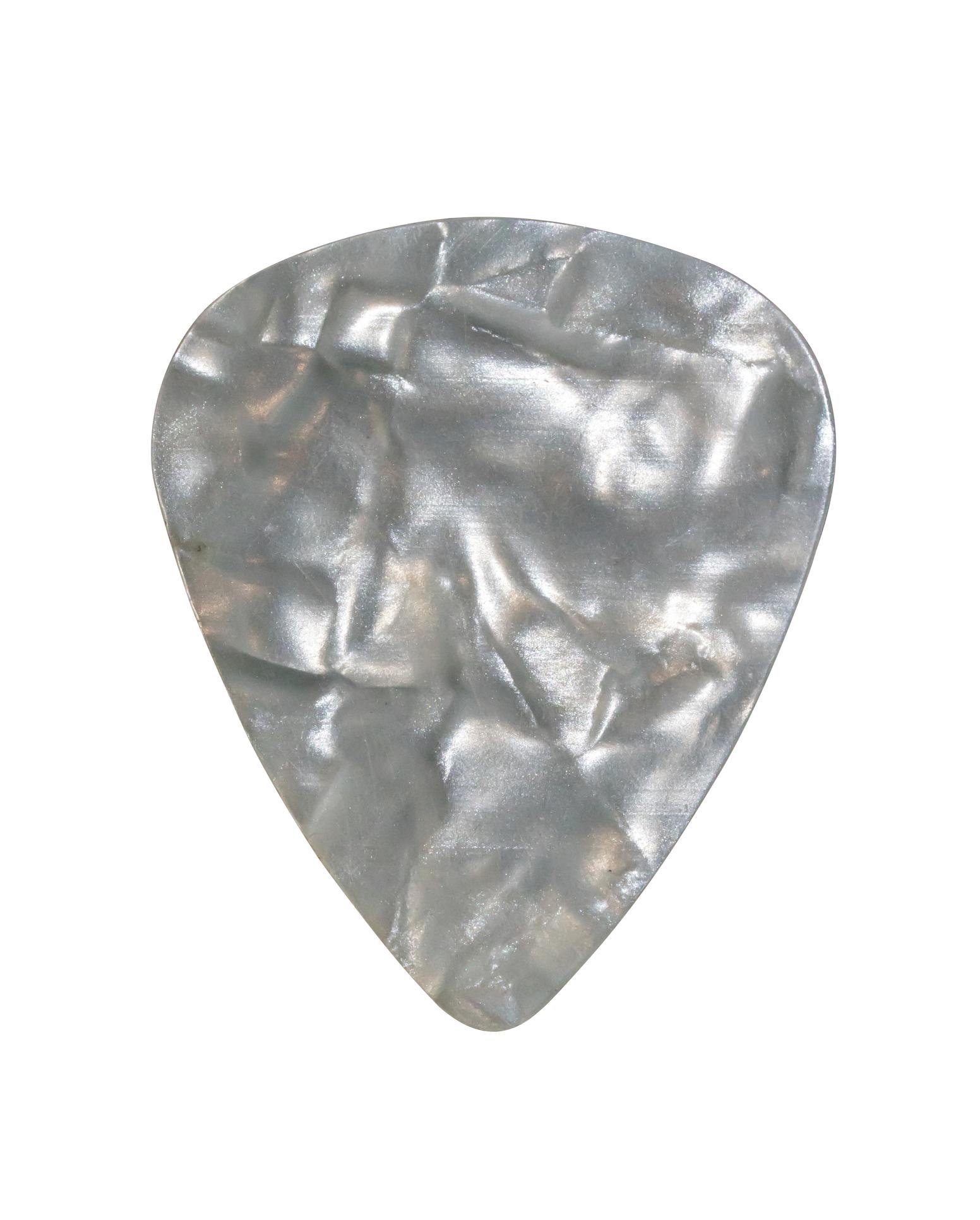
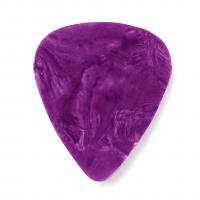
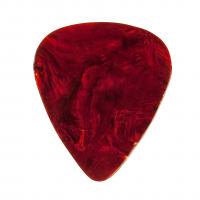
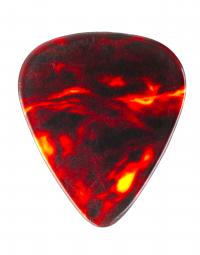


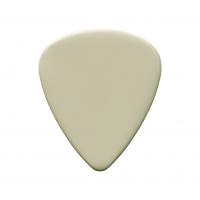
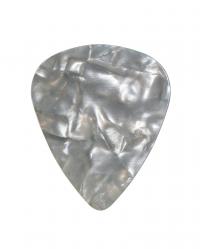
Musicians have used plectra to play stringed instruments for thousands of years. Feather quills were likely the first standardized plectra and became widely used until the late 19th century. At that point, the shift towards what became the superior plectrum material took place; the outer shell casing of an Atlantic hawksbill sea turtle, which would colloquially be referred to as tortoiseshell Other alternatives had come and gone, but tortoiseshell provided the best combination of tonal sound and physical flexibility for plucking a taut string.Prior to the 1920s most guitar players used thumb and finger picks (used for the banjo or mandolin) when looking for something to play their guitar with, but with the rise of musician Nick Lucas, the use of a flat "plectrum style guitar pick" became popular.
Musicians had been partial to shell picks, and when D'Andrea provided an alternative, D'Andrea Manufacturing became very successful and gained renown as the guitar pick of choice through the 1960s. Celluloid provided a good alternative in many ways. Tortoise shell was rare, expensive, and had a tendency to break. Celluloid was made from cellulose, one of the most abundant raw materials in the world, and nitrocellulose combined with camphor under heat and pressure produced celluloid. Though originally meant as a replacement for ivory billiard balls, celluloid began being used for many things for its flexibility, durability, and relative inexpensiveness, making it a natural candidate as a material for guitar picks. Later, other materials, such as nylon (and less commonly wood, glass, or metal) would become popular for making guitar picks for their increased grip, flexibility, or tonal qualities.
